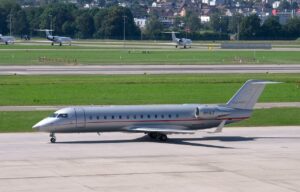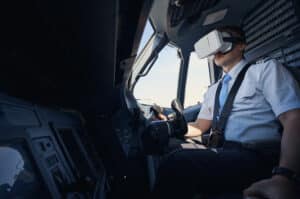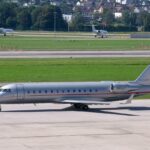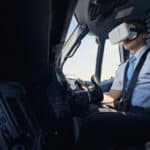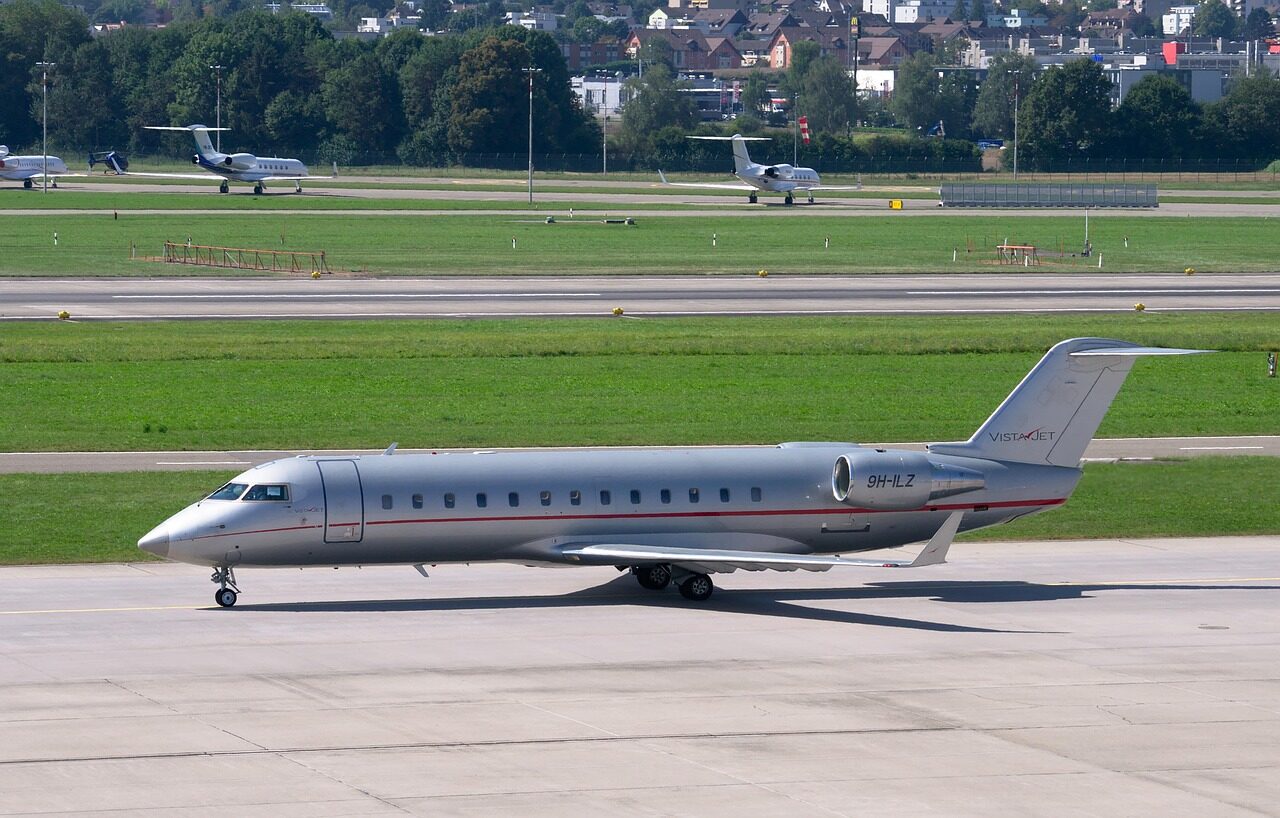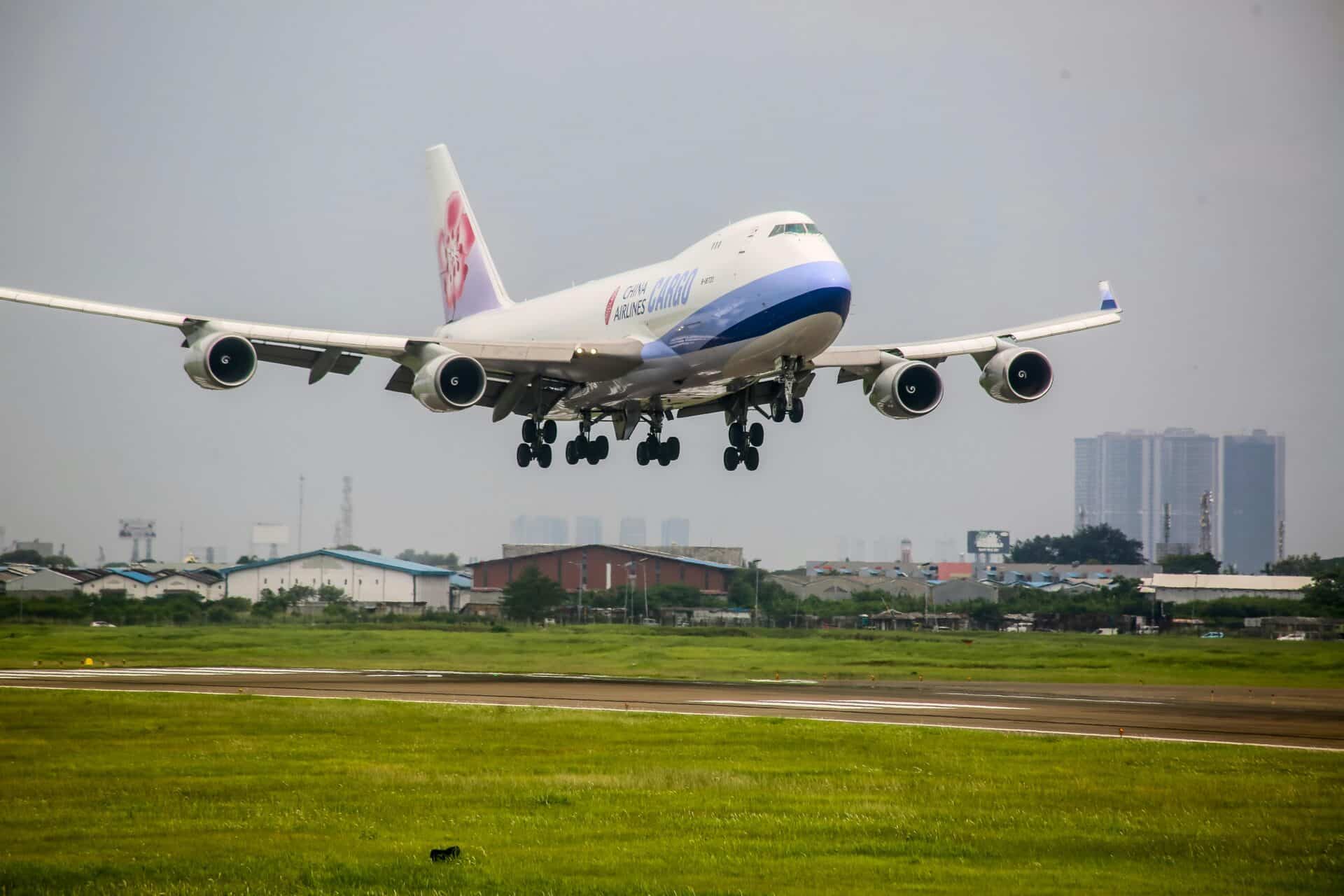In a landmark transaction that promises to reshape urban mobility, Joby Aviation has acquired Blade Air Mobility’s helicopter rideshare division for $125 million, signaling a transformative moment in the evolution of transportation technologies. This acquisition represents far more than a simple business transaction—it is a profound technological and strategic intervention that promises to redefine how humans navigate increasingly complex urban landscapes.
The moment encapsulates a broader narrative of technological innovation, where traditional transportation boundaries are not just challenged but systematically dismantled. Drawing from advanced aviation technologies, Joby Aviation is positioning itself at the forefront of a mobility revolution that transcends conventional understanding of urban transportation.
The Technological Context: Electric Air Mobility Emerges
Joby Aviation’s S4 electric Vertical Takeoff & Landing (VTOL) aircraft represents more than a technological marvel—it is a comprehensive reimagining of urban mobility. With capabilities to carry four passengers at speeds up to 200 mph and a range of 130 nautical miles, the aircraft embodies a sophisticated confluence of electrical engineering, aerodynamic design, and urban transportation strategy.
The S4’s six electric motors, capable of propelling the aircraft with unprecedented efficiency, symbolize a pivotal moment in transportation technology. This is not merely an incremental improvement but a fundamental redesign of how aerial transportation can function within urban ecosystems. Each technological component represents years of meticulous research, countless engineering iterations, and a relentless commitment to pushing the boundaries of what’s possible.
Blade Air Mobility: A Strategic Asset of Immense Potential
Blade’s existing infrastructure provides Joby with more than just operational assets—it offers a meticulously developed network of urban air mobility routes that have been carefully cultivated over years. Operating routes between Manhattan and major airports like JFK and Newark, the company has established a robust framework that goes beyond mere transportation logistics.
The strategic implications align perfectly with modern aviation supply chain dynamics, creating a holistic ecosystem where technology, infrastructure, and customer experience converge. This isn’t just about moving people from point A to point B, but about reimagining the entire concept of urban mobility.
Market Dynamics and Financial Implications: A Transformative Transaction
The financial landscape surrounding this acquisition tells a compelling story of market confidence and technological potential. With Joby’s share prices jumping 21% and Blade’s market value rising to nearly $400 million, the transaction represents more than a corporate merger—it’s a powerful market validation of electric air mobility’s potential.
The numbers reveal a deeper narrative about investor confidence in transformative transportation technologies. Each percentage point represents not just financial speculation, but a profound belief in the potential of electric air mobility to fundamentally reshape urban transportation paradigms.
Joby’s existing partnerships with Delta Air Lines for “home-to-airport” flights in New York and Los Angeles demonstrate a sophisticated, multi-dimensional approach to market penetration. These strategic connections, analyzed through advanced business strategies, reveal a nuanced understanding of urban mobility’s complex ecosystem.
The Blade acquisition amplifies these strategic connections, creating a comprehensive network that extends far beyond traditional transportation models. It represents a holistic approach where technology, infrastructure, and customer experience are seamlessly integrated.
Technological Innovation: Pioneering the Future of Mobility
The electric air taxi is not merely a technological product but a profound statement about human potential. It challenges every conventional assumption about urban transportation, suggesting that the limitations we perceive are often more psychological than technological.
Joby’s approach goes beyond engineering—it’s a philosophical reimagining of mobility. Each technological innovation represents a challenge to existing transportation paradigms, proposing a future where urban movement is efficient, sustainable, and fundamentally more human-centric.
The acquisition occurs within a dynamic and rapidly evolving competitive landscape. Rivals like Archer Aviation, developing the Midnight four-passenger aircraft, highlight the intense innovation occurring in this emerging market. United Airlines’s $1 billion conditional order for Archer’s aircraft underscores the sector’s immense potential and the transformative moment we are witnessing.
This is not just a competition between companies but a global race to redefine urban mobility, with each technological breakthrough pushing the boundaries of what’s possible.
Operational Timeline and Global Ambitions: A Structured Vision
Joby’s plan to commence commercial operations in 2026, initially launching from Dubai, reflects a meticulously structured approach to market entry. The Marina, California manufacturing facility, geared to produce 24 aircraft annually, represents a perfect balance between ambitious vision and pragmatic execution.
This is more than a production strategy—it’s a carefully crafted roadmap for global mobility transformation.
Joby Aviation’s acquisition of Blade’s helicopter taxi business transcends traditional corporate transactions. It represents a bold, visionary statement about human potential—a moment where technology, innovation, and human imagination converge to create unprecedented mobility solutions.
Author
-
Radu Balas: Author
Pioneering the intersection of technology and aviation, Radu transforms complex industry insights into actionable intelligence. With a decade of aerospace experience, he's not just observing the industry—he's actively shaping its future narrative through The Flying Engineer.
View all posts Founder



